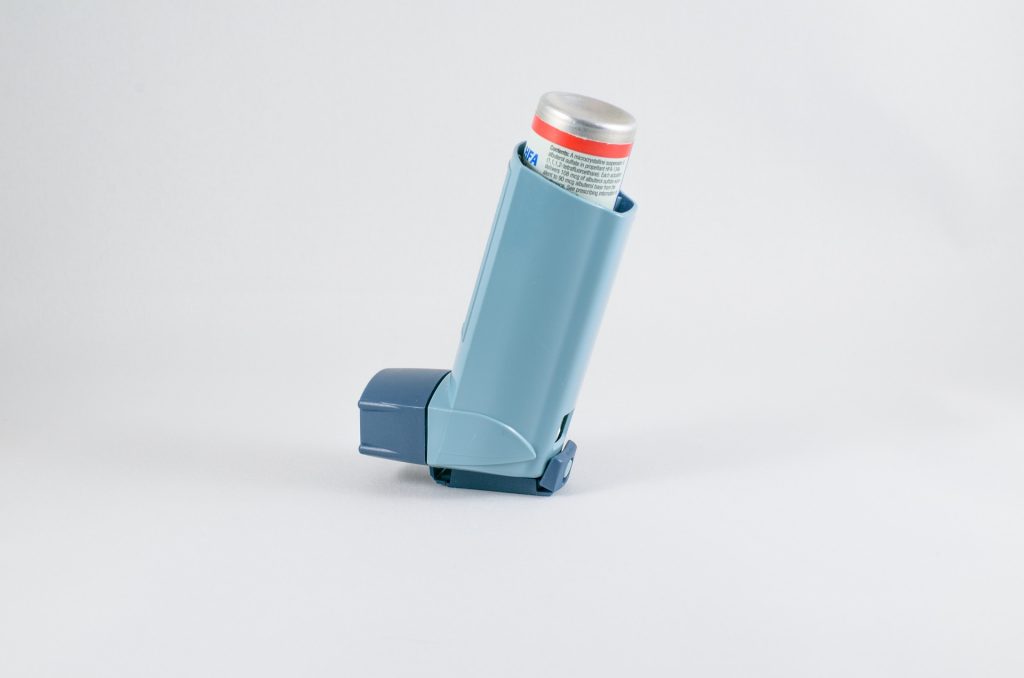
Scientists have uncovered a group of T cells that may drive severe asthma, which gather in the lungs and seem most harmful in men who develop asthma in later life. The new research, published in MED, suggests asthma patients with these cells in their lungs may be more likely to have hard-to-treat, and potentially fatal, asthma attacks. These cells do not respond to the usual general therapy for asthma patients.
The scientists, from the University of Southampton and La Jolla Institute for Immunology (LJI), in California, uncovered these T cells, called ‘cytotoxic CD4+ tissue-resident memory T cells’, thanks to volunteers enrolled in the NHS clinic-based WATCH study. It follows hundreds of asthma patients of different ages, sexes, and disease severities. By following patients over many years, and analysing their immune cell populations, researchers are making new connections between asthma symptoms and immune cell activity.
“If you are male and you develop asthma after age 40, there’s a high chance this T cell population is in your lungs,” says LJI Research Assistant Professor Gregory Seumois, who co-led the study with LJI Professor Pandurangan Vijayanand.
“Once you understand the role of cells like these T cells better, you can start to develop treatments that target those cells,” says WATCH study director Dr Ramesh Kurukulaaratchy, Associate Professor at the University of Southampton and researcher at the NIHR Southampton Biomedical Research Centre.
Scientists now hope to learn more about these cells and their role in asthma development in order to develop personalised therapies for asthma patients.
How harmful T cells drive asthma
The ‘memory’ T cells help protect the body from viruses and bacteria it has encountered before, but the same T cell memory is a big problem for asthma patients. Their misguided T cells see harmless molecules, such as pollen, and produce a dangerous inflammatory response.
Men who developed asthma later in life had an overwhelming number of these potentially harmful T cells. Their lungs should have been home to a diverse bunch of CD4+ T cell types but, in this group, more than 65% of their cells were cytotoxic CD4+ tissue-resident memory T cells.
Personalised asthma treatments
Single-cell RNA sequencing by LJI scientists provides a ‘biomarker’ to help detect cytotoxic CD4+ tissue-resident memory T cells in more patients going forward.
Finding this biomarker represents a “paradigm shift” in asthma research, says Dr Kurukulaaratchy. Before now, scientists and clinicians separated asthma patients into just two groups: ‘T2 high’ and T2 low’. In a study published earlier this year, the research team showed the importance of drilling down to identify many more asthma patient subgroups; their analysis reveals that 93% of WATCH subjects with severe asthma were in the T2 high category.
Study co-author Professor Hasan Arshad, Chair in Allergy and Clinical Immunology at the University of Southampton, researcher at the NIHR Southampton Biomedical Research Centre, and Director of The David Hide Asthma and Allergy Research Centre, Isle of Wight says: “We have to think of severe asthma as having different subtypes, and the treatment has to be tailored according to these subtypes because one size does not fit all.”
The researchers now want to use sequencing tools and other techniques to discover additional biomarkers and asthma patient subtypes.
Source: University of Southampton

